The journey to Glen Esk from the east is a gorgeous jaunt into the southeastern Cairngorms National Park. Leaving pretty Edzell, I followed nameless roads mirroring the River North Esk as it meandered back to its source in Scotland’s eastern mountains and stopped frequently to drink in the gorgeous May day grinning on this particular slice of the highlands. Glen Esk’s stunning landscape, ruined Invermark Castle, and the Queen’s Well are a perfect excuse to strive for the most distant Angus Glen, but along the way you’ll also find the Glenesk Folk Museum and a hidden relic of a more ancient time: The Colmeallie Stone Circle.
The road into Glen Esk necessitates careful driving, but I made a mockery of vehicular travel as I inched back toward Edzell while scanning the northern edge of the road. Luckily, I spied a great, cut-stone sign with the word ‘Colmeallie’ to clue me in, but if I hadn’t known better I’d have thought it was just a classically Scottish named abode.
I didn’t see any stones from the road so I parked my car at the base of what was either a long driveway or a very narrow road and continued my search for the megalithic time travelers.
After around 15 minutes of walking I neared a series of buildings which did appear to constitute someone’s home. I still couldn’t see any standing stones but I knew they were here (they are, in fact, in the picture above though very hard to see) and continued onward. I’ve learned the hard way, like on Machrie Moor, not to turn around prematurely.
As I neared the homestead the Colmeallie Stone Circle revealed itself. While the circle has clearly been greatly damaged since its raising, it remains an awesome sight with five standing stones and at least four others scattered on a raised hill that extends beyond the edge of the current stone circle. The information on Colmeallie is scant, though archaeological evidence indicates there may have been two stone circles here. As was so often the case, it appears Colmeallie was plundered by tenants who needed the stone for their homes. In such cases, stone obelisks were often toppled and blasted.
An awesome sight? Certainly. But consider my waxing poetic about Colmeallie the equivalent of a person 5,000 years in the future looking at the corroded steel I-beams of a skyscraper and marveling at their romance. If nothing else, the Colmeallie of today is a look at the stones from the mid-19th century, for they have changed little in the last century and a half.
In some of the archaeological accounts words like ‘altar’ get bandied about as if the people of that ancient era had the same mindset we do today. Why do I find that idea at once laughable and depressing? Is it so hard to imagine humanity might change in 250 generations? A human can dramatically change in a lifetime. The simple fact that we have no idea what these standing stones represents thrills me. If we can’t imagine the past, perhaps we can’t imagine the future, either.
So I sat for awhile with my back against Colmeallie’s stones and soaked in the utter sense of freedom that anything could happen. Was Colmeallie once an altar to some god or force? Perhaps they were something more prosaic, like the foundation beams of an ancient byre. Or maybe they were part of something else entirely. We may never know. Let’s take a moment to enjoy that.

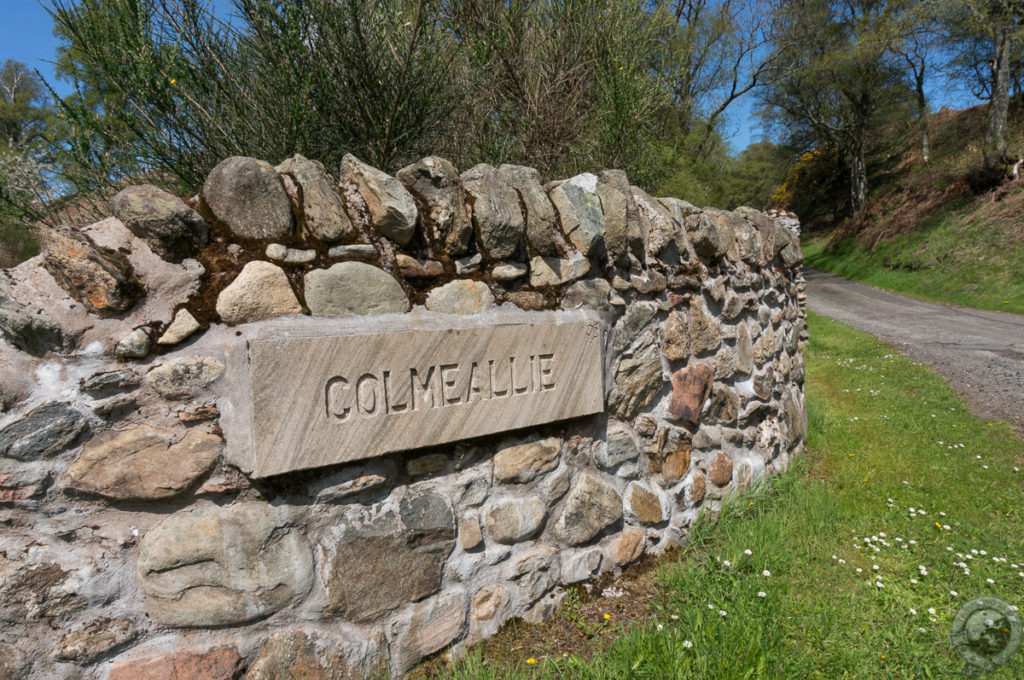
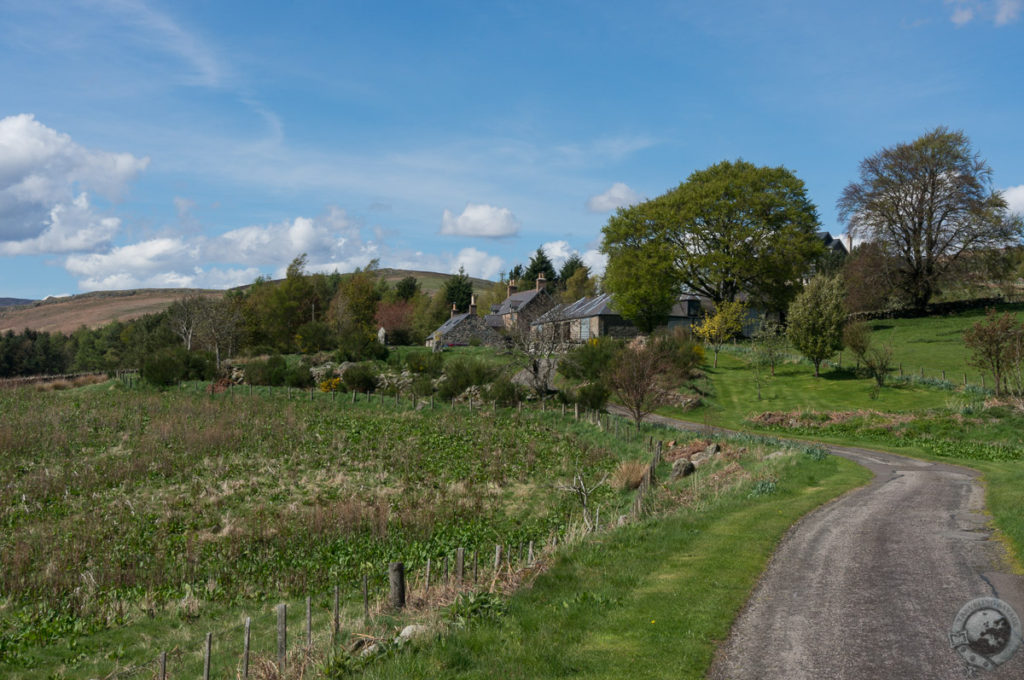
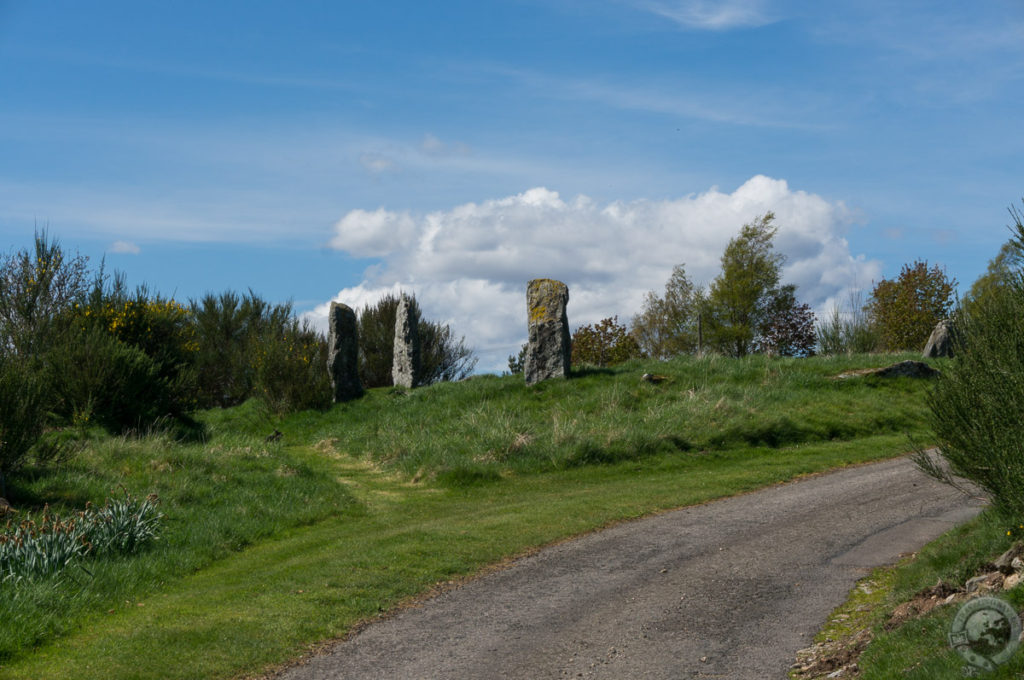
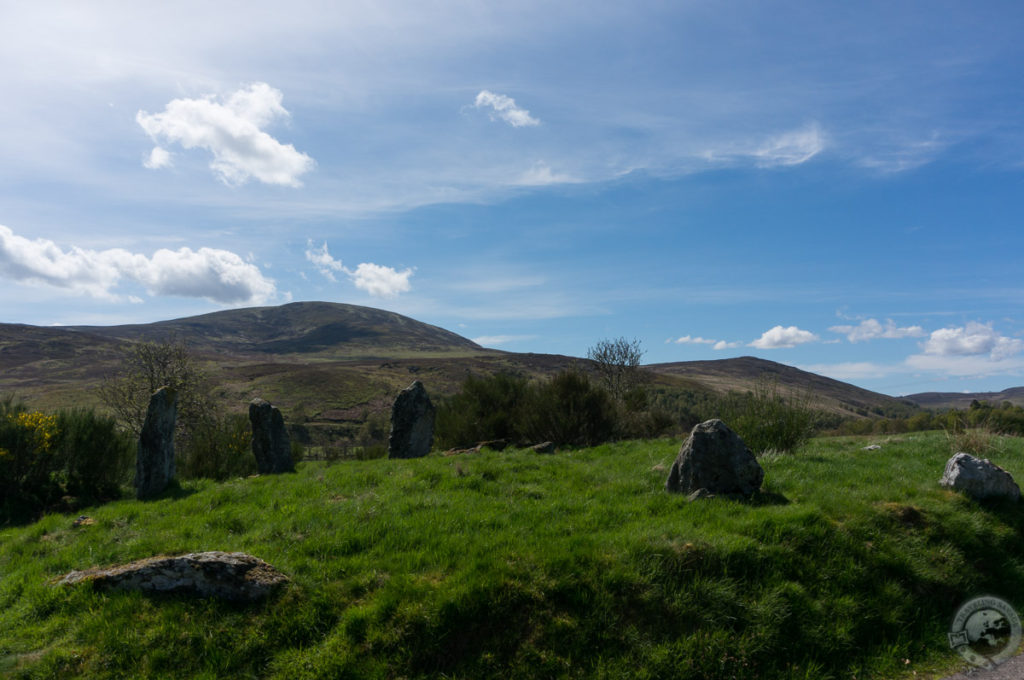
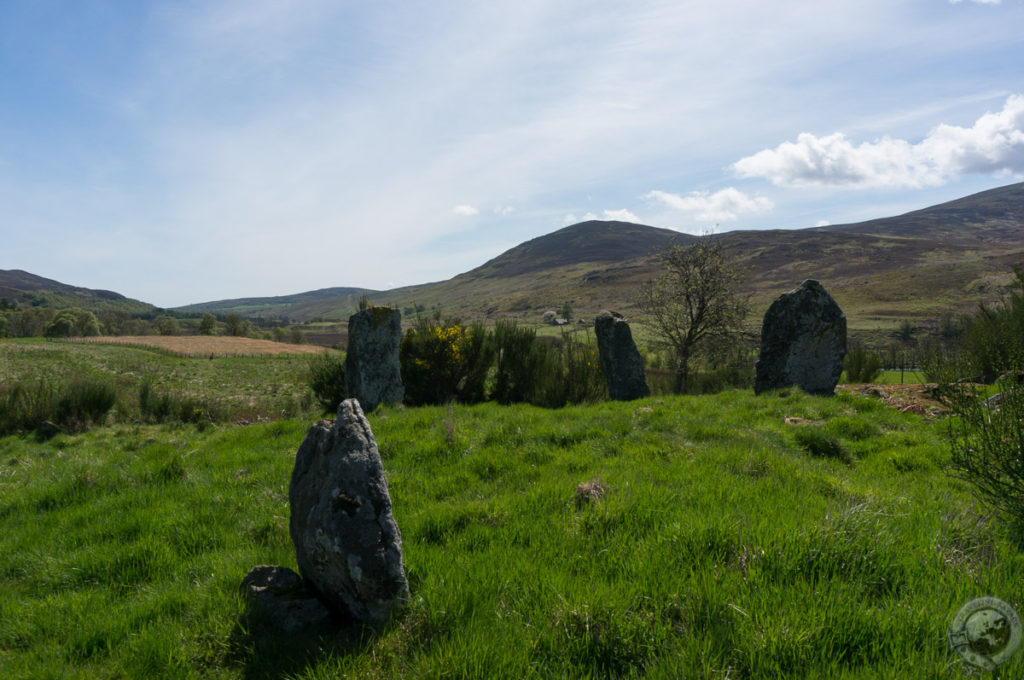
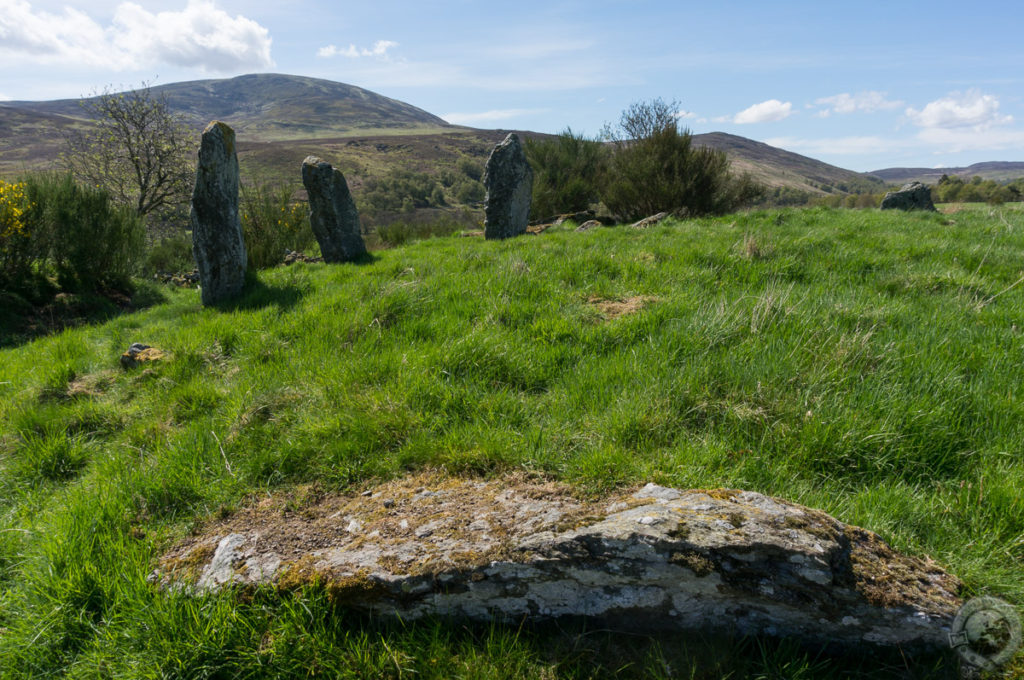
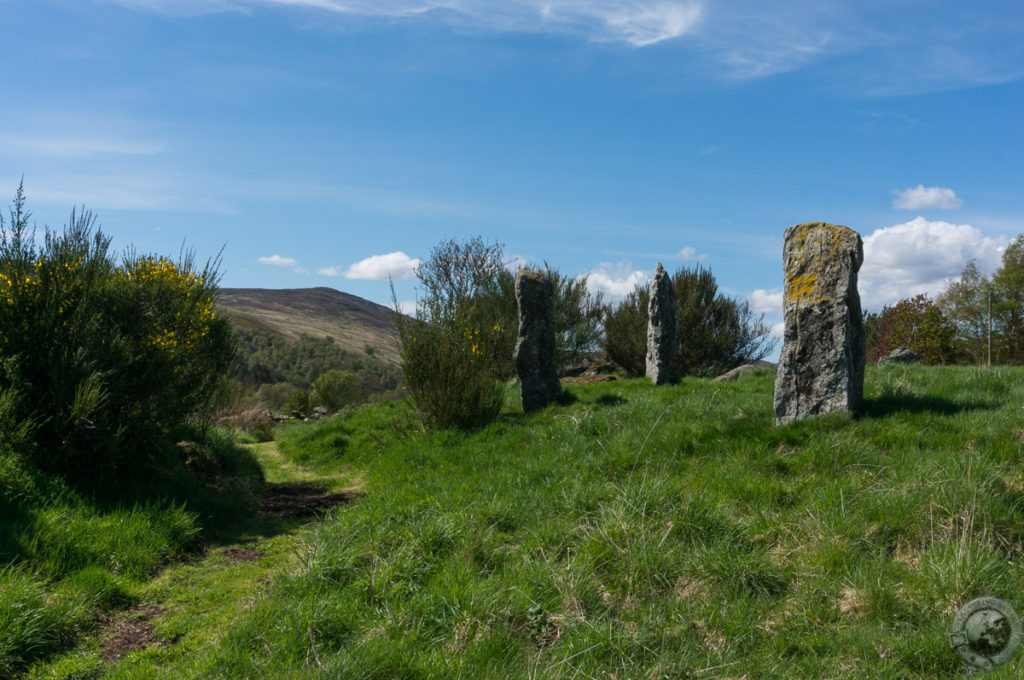
Hi Keith,
It seems there is someplace magical in this land of myths and legends at every turn and fork in the road. Thanks for bringing another one into view and sharing with the rest of us. I imagine the sense of peace and connection one finds at these special places is beyond true description.
Cheers,
Joanie
Language is indeed an imperfect tool. Thanks for reading!
Just Beautifu !
Loved this article, found it like, a piece of stardust fell into my lap. I am watching now!
What is it , why is it there ,who put them there, like all these and similar sites I have come across in over50 years of walking the hills if only we could turn back time and be a witness to the lives of the people who lived in these areas, their work ,education ,survival.